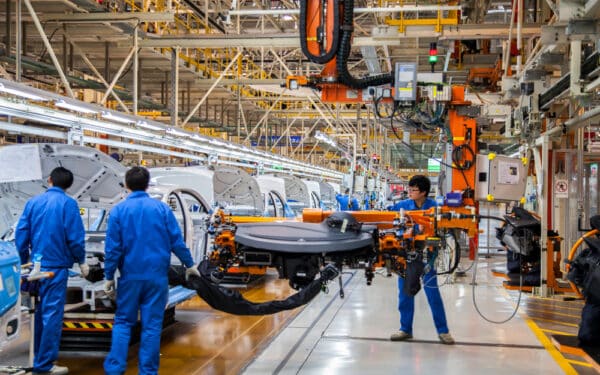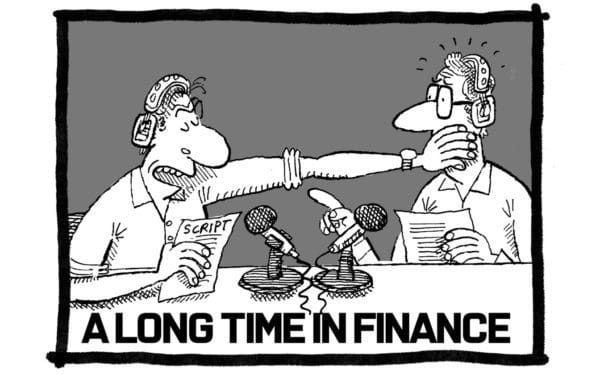Almost exactly 200 years ago, the Corn Laws were brought in, imposing restrictions and tariffs on imported grain into order to protect and raise prices for large domestic landowners. In a new paper for the Economic Policy Centre The Essential Guide to EU Import Tariffs 2016 and the accompanying interactive website we have examined today’s Corn Laws – the EU’s Import Tariffs. With Brexit, the UK has a golden opportunity to rid itself of 12,561 tariffs and save £3 billion a year for consumers.
EUtariffs.com is a free-to-view database that took snapshots going back to 2008 of the official data to build a picture of what has happened over time. If you are a fan of free trade, the trends are sadly all in the wrong direction. Since 2009, we have seen a net increase in tariffs of over 1,500 and revenues from tariffs have risen remorselessly since 2000. If you had your doubts about whether Europe is committed to freer trade, consider that we have even seen the creation of over 200 new tariffs since June 23rd alone.
So can we manage without these tariffs, or at least with a great deal fewer? Many countries do. Norway, for example, has only around 1,000, while Singapore of course has none. Crucially, these countries can also set their own VAT rates.
You might have wondered why British consumers can easily pay a sizeable chunk more than in other nations for the same products – notably clothing, food and electrical goods on the high street. Part of the reason for this is to do with our relatively high VAT rate of 20% on imports (apart from on food) – a condition of membership of the EU Customs Union. It is also affected by the aforementioned 12,561 different import tariffs that the UK has to levy on imports from outside the European Union, costing £3 billion a year.
Tariffs matter because they don’t just increase prices on imported goods. By eliminating competition, they indirectly raise the price of rival EU manufactured goods, leading to reduced consumer purchasing power and living standards.
All tariffs are categorised by 21 Sections, 98 Chapters and tens of thousands of individual product codes by the international coding convention of the World Customs Union. HMRC kindly shared with us the breakdown of revenues from the tariffs by Chapter and it was astounding. Having assumed it would be mostly to do with the protected sectors that grab headlines (like agriculture, steel and cars), 40% concerned clothing, footwear, electrical goods and plastics. (In fact, vehicles made up just 5%. We just don’t import that many cars from outside the EU.)
The more you delve into the world of tariffs, the more you become struck by sheer nicheness. You may well have cause to wonder why we are paying people to design and collect them when in many cases they raise pitiful amounts. Do we really need a 15% tariff on unicycles or a 2.7% tariff on roller-skates, or even a 4.2% tariff on Suborbital spacecraft (only one of which has been built by Jeff Bezos’s Blue Origin and is definitely not for sale)?
By far the greatest number of tariffs in fact are levied on organic chemicals – some 1,413 – followed by 1,209 for electrical components and white goods. Many of these tariffs are disturbingly opaque – it is unclear who or what they are actually for. Are they to raise revenue, crowd out non-EU competition, or allay strategic industrial concerns? Or were they just brought about by dint of someone’s lobbying?
For example, last month one of the new tariffs that came in was for 6.4% on a product described as “Plants (rhizomes in flower) of Colocasia Schott”. Tell me, if you can figure out what that even is, was it really necessary?
We are leaving the EU, but it would help both us and our European friends to lead an inquiry into how these tariffs are set and why – and leave behind a reformist legacy when Brexit finally happens. Right now, opacity seems to have the upper hand over democratic accountability and oversight. Equally, we need information from HMRC at a more granular level about which tariffs raise the most and least revenue. This will help not just to inform the debate, but to offer insight into how rapidly tariffs could be phased out.
The repeal of the Corn Laws in 1846 took 30 years of campaigning by manufacturers and industrial workers and the desperation of the Irish famine. Britain now has a unique opportunity to do that again. And this time it will be much easier. Revenue accrued from the tariffs by HMRC is not part of the whole of government accounts – it is transferred to the EU as a cost of membership of the Single European Market. So the abolition of these absurd tariffs won’t even cost the Treasury.
What we are looking at here, is one of the easiest and friendliest tax cuts in history. Let’s get to work.



